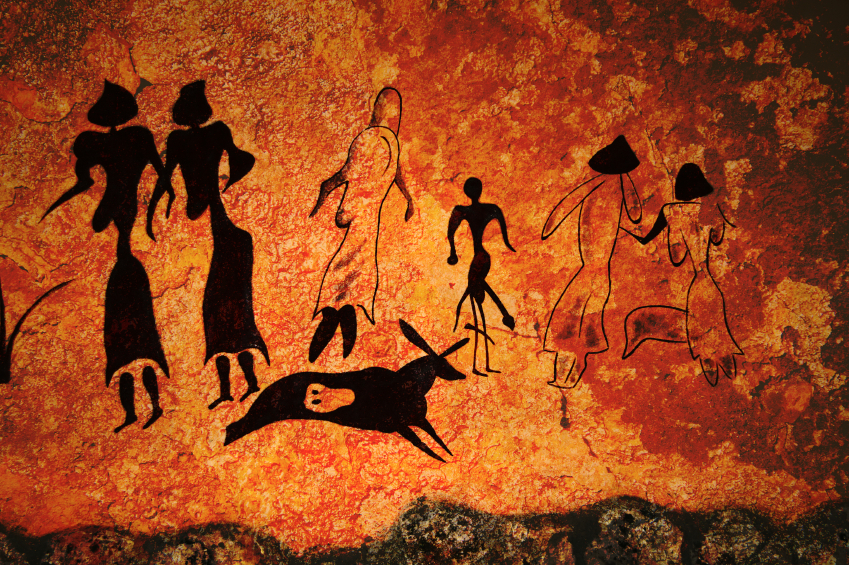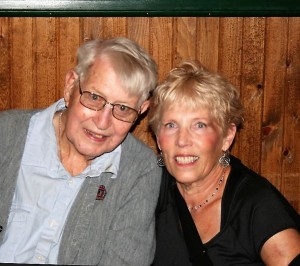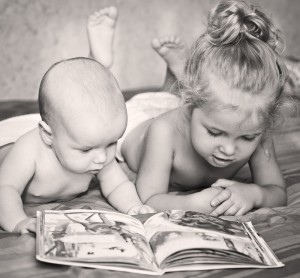The Real Reason We Take Photos May Be Fundamentally Linked to Our Humanity

For over 27 millennia since the first cave paintings were discovered, telling stories has been one of humanity’s fundamental communication methods. Even with technology’s increasingly sophisticated and instantaneous capabilities, our brains still respond to content by looking for the story to make sense out of the experience. This fact brings me to a core question I often ask people, why do you take photos? The answers vary but the underlying message is always, to remember, which I translate to mean, to tell a story. We are a people of stories and the most common way we tell our stories is through our photos. In fact, the real reason we take photos may be fundamentally linked to our humanity.
I recently interviewed Marianne Behler, a member of APPO and owner of Lifetime Photo Solutions about a unique legacy photo book project she had completed. Soon after completing the book project, her client passed away. The priest based his eulogy on what he learned about Marianne’s client, John, after he received a copy of the photo book in the mail. This is a beautiful testimony that underscores how important it is for us to tell our family stories through our photos. Below are excerpts from the interview I did with Marianne. Her experience – and expertise – will help you as you embark on your own family history projects.

Marianne with her client John.
Q: Marianne, tell me about your most recent project.
A: I was hired by John McAuliffe to create a photo book of his pictures and stories that “spanned many generations and countries.” Thankfully, I was able to include letters and photos that spanned a hundred year period. The story is the story of Michigan and the immigrants who settled in the promised land of Albion and Jackson. The finished project ended up being a 100-page photo book of both his Irish family and his wife’s Finnish family. I delivered the book to John and his four boys and then hosted a book-signing party. Only three short weeks later, John passed away. The priest based his eulogy on the photo book.
Q. Can you share some of the eulogy with us?
A. Yes, here’s an excerpt from the beautiful eulogy, given by John’s priest:
John’s family asked me to give the eulogy, so I would like to close with a story. I knew John from my monthly masses at Summit Park. Usually, John would sit in the back of the room in his wheelchair and sleep. Now that is not at all meant as a criticism; many people here at Queens sit in the back of church and sleep through my Masses too! On a few occasions after Mass, John would invite me to his room to show me his ‘pictures.’ I am sorry to confess that I only took him up on his offer once. After our visit, as we started walking out of his room together, John ‘got stuck;’ his legs simply would not move. It was difficult to see the frustration on his face. His mind knew what to do, but his body simply wouldn’t cooperate. Well, fast-forward to a week ago, when a photo book showed up in my mailbox. There, on beautiful display, were the pictures that John was so proud of. As I looked through that album, I was amazed to see a lifetime that was hidden in the heart of a man who slept through Mass at the nursing home and whose legs no longer wished to cooperate with his mind. And I wished that I would have taken the time to enter into those memories sooner.
You see, in this book, I realized something that we all should know, but so easily to forget. And that is this: in each and every single human being on this earth, there is present a never-ending treasure trove of uniqueness, and a lifetime of irreplaceable memories.
John wanted to leave this photo book as his legacy, to celebrate his family. Perhaps this book could also be a reminder to us that we must never forget how precious human life is, and that, after God almighty, nothing else in our lives should ever become more important than those irreplaceable people whom God has given us to love.


In closing, Marianne’s experience with her client, John, reminds us of the real reason we take photos – to remember. In fact, I believe the real reason we take photos may be fundamentally linked to our humanity. We have a deep desire to tell our stories; they help us make sense of our lives and legacies.
We are truly people of stories, people who need to preserve their humanity. And memories, especially the ones told through family photos, are a powerful way to tell our stories and leave a legacy that lasts for generations.
 About the author: Cathi Nelson is the founder of APPO, the Association of Professional Photo Organizers. She started the organization as an answer to the growing need of our digital age – assistance for organizing an influx of digital photo memories, printed photos, media and memorabilia. APPO supports hundreds of members by offering ongoing training, a supportive community, professional credibility and an annual educational national conference. To learn more about APPO, and learn how you can get involved or find a photo organizer to help you, follow APPO on Twitter, Facebook, Pinterest and Instagram. To get inspiration for your family history projects, and to connect with photo organizers who can help you, check out the APPO blog and quarterly magazine In Focus.
About the author: Cathi Nelson is the founder of APPO, the Association of Professional Photo Organizers. She started the organization as an answer to the growing need of our digital age – assistance for organizing an influx of digital photo memories, printed photos, media and memorabilia. APPO supports hundreds of members by offering ongoing training, a supportive community, professional credibility and an annual educational national conference. To learn more about APPO, and learn how you can get involved or find a photo organizer to help you, follow APPO on Twitter, Facebook, Pinterest and Instagram. To get inspiration for your family history projects, and to connect with photo organizers who can help you, check out the APPO blog and quarterly magazine In Focus.




One Comment
Nicole Dyer says:
April 23, 2016 at 2:23 pm
This is a neat article. Thank you for sharing your fascinating ideas, Cathi!